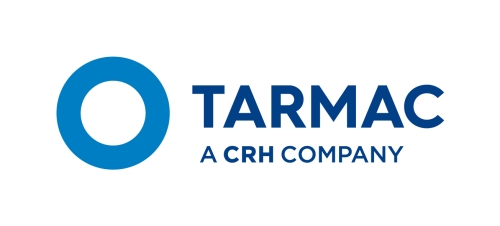Boosting productivity on the M5 through logistical expertise
To deliver a resurfacing project on the M5, junctions 4a-6, Tarmac worked closely with the main contractor and Highways England to maximise night time working windows, improve efficiency and reduce overall costs.
Improved traffic management
Tarmac used Lean techniques to adapt established traffic management set ups, shift timings and patterns. By using traffic tapers while traffic volumes gradually dropped, lanes were closed one at a time without impacting the flow.
This meant that full carriageway closures could occur up to two-thirds more quickly. Additionally, some slip roads were closed early to enable surfacing equipment to be corralled at convenient locations to reduce mobilisation times.
Backhauling planings
Tarmac’s National Road Planing (NRP) unit used the emptied asphalt lorries to backhaul planings rather than let the vehicles travel back empty to the quarry, effectively saving 2,800 trips of over 60 miles.
The planed materials were then recycled into new asphalt to help save approximately 50,000 tonnes of virgin aggregates.
This approach reduced planing costs by around 50 per cent and lowered carbon emissions substantially. It also improved site safety as fewer vehicle movements were involved over the course of the project.
Productivity savings
These methods enabled Tarmac to safely maximise working windows, improving overall output by approximately 20 per cent.
Around 800 tonnes per shift were consistently laid across the six night working schedule, which considerably exceeded the tendered outputs.
In real terms, this reduced the total amount of time spent on site by some three weeks of full night closures – the diversion routes for which were residential and extremely sensitive. It also helped to save £290,000 in plant and labour costs.
These efficiencies not only contributed to lowering overhead costs but set a benchmark for the ways future schemes can operate to benefit clients and road users alike.
#BUILDINGOURFUTURE
Download case study

